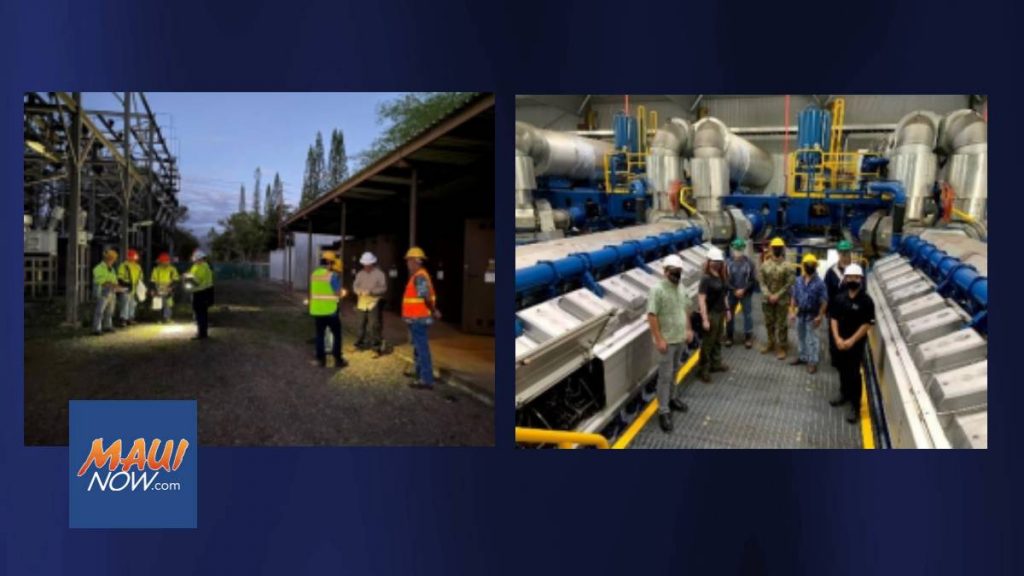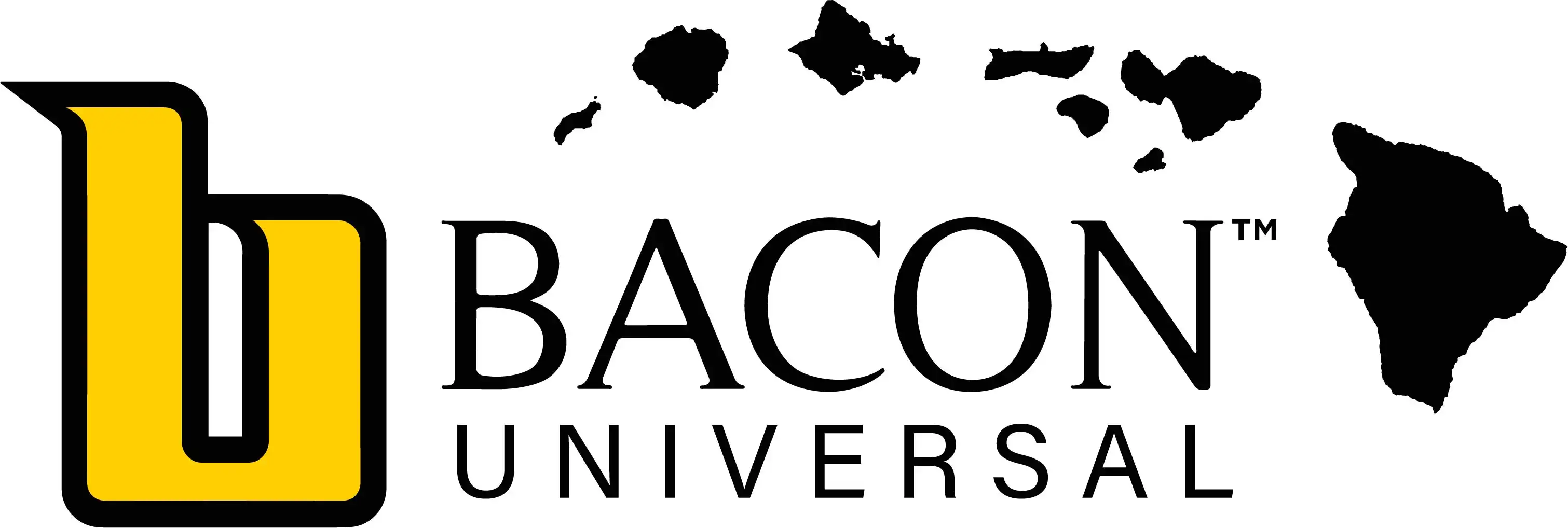Hawaiʻi Microgrid Tariff Framework Could Become Model for Other States

Last month Hawai‘i become only the second state with a formal microgrid services tariff, and its framework could become a model for other states, according to Microgrid Knowledge, a national publication.
The Hawaiʻi Public Utilities Commission approved the microgrid services tariff in May, following a process of about two years. California was the first state to do so, with approval of its microgrid tariff in January.
A microgrid – like a traditional, centralized electric grid – can generate, distribute and regulate the supply of
electricity to customers, but locally and on a smaller scale.
Utility tariffs are designed to ensure fair compensation for services between parties — in this case, microgrids and utilities, which can each provide services to each other.
“It’s a very big deal that this process is moving forward,” Cameron Brooks, president of E9 Insight, a regulatory advisory firm that tracks state utility commissions, told Microgrid Knowledge.
Approval of the tariff will allow more microgrids to be used in emergencies by enabling customers to participate in or develop hybrid microgrids. Hybrid microgrids include utility and non-utility assets within a microgrid boundary, which until now would have been initiated and developed only by the utility.
Some customer-sited systems may already meet the technical requirements to be classified as a microgrid but customers with existing systems need not apply or change their operation. In the future, however, single customers or groups may opt to seek compensation for services microgrids can provide to their island’s entire electric system, according to a news release from Hawaiian Electric.
“The commission’s approval of the first stage of a microgrid services tariff underscores the importance of these technically advanced systems,” said Ken Aramaki, Hawaiian Electric director of transmission and distribution
and interconnection planning. “They’ll provide more choices for customers and help Hawai‘i reach 100% renewable energy by 2045 with a grid that provides reliability and resilience for all.”
The Public Utilities Commissionʻs decision tees up issues to be tackled in a second phase of the rulemaking process, including how the tariff meshes with customer energy programs, power purchase agreement models and harmonizing compensation with other grid service mechanisms.
The US Department of Energy defines a microgrid as: “A group of interconnected loads and distributed energy resources within clearly defined electrical boundaries that act as a single controllable entity with respect to the grid, and that can connect and disconnect from the grid to enable it to operate in both grid-connected and ‘island’ mode.”
The new tariff defines two types of microgrids:
- Customer microgrid where customers infrastructure is exclusively used to supply all their own electricity needs during emergencies.
- Hybrid in which a microgrid operator may combine utility — infrastructure and customer — infrastructure to supply electricity to microgrid members during an emergency.
In its decision, the Public Utilities Commission approved a Microgrid Participant Bill of Rights proposed by the Division of Consumer Advocacy. The bill of rights includes giving a microgrid customer three days to back out of a signed participant contract.
The first phase focused on rules around how microgrids would be treated during emergency situations. The Commission said the second phase will look at expanding the tariff to nonemergency situations with a focus on grid services provided by microgrids.
In 2018, the Hawai‘i Legislature passed Act 200 directing development of microgrids to increase resilience and reliability by providing services to the electric grid including energy storage, demand response and other ancillary services. What followed was a methodical working-group process including Hawaiian Electric and stakeholders to define the technical terms so microgrids can serve both individual customers and the public interest for all customers.
Hawai‘i already has working microgrids. For example, a recent Hawaiian Electric-US Army test determined that during a major outage, Schofield Generating Station is able to power up a utility-owned microgrid consisting of Schofield Barracks, Wheeler Army Airfield and Field Station Kunia.
The test showed the three installations can be islanded or detached from the O‘ahu grid in an emergency and powered with 100% renewable energy from the Schofield-based power plant. This ability advances energy resilience and security for the Army, including for services that might be needed in a local or national security crisis.
In addition, Hawaiian Electric will help identify areas on O‘ahu suited for developing microgrids to build a more resilient electric grid. The mapping is one of 11 initiatives selected as part of the US Department of Energy’s inaugural Energy Transitions Initiative Partnership Project.
Hawaiian Electric will leverage the expertise of the Hawai‘i Natural Energy Institute, DOE and national energy labs to advance clean energy solutions and improve resilience.
Hawaiian Electric hopes to reduce initial barriers and complexities with a map that takes into account the technical and practical viability of microgrid development. Microgrids are best suited to areas prone to prolonged outages during weather events, with clusters of customers and potential availability of renewable energy resources.









